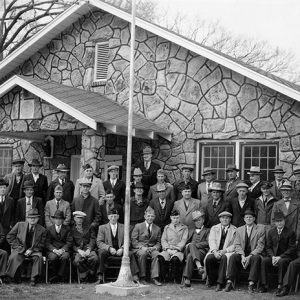 Beely-Johnson American Legion Members
Beely-Johnson American Legion Members
County: Washington
 Beely-Johnson American Legion Members
Beely-Johnson American Legion Members
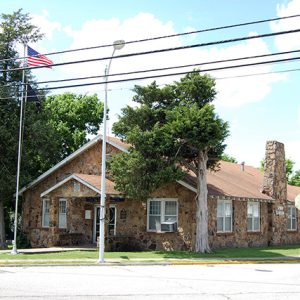 Beely-Johnson American Legion
Beely-Johnson American Legion
Beely-Johnson Post 139 American Legion Hut
Bezdek, Hugo Francis
 Big Red Lens
Big Red Lens
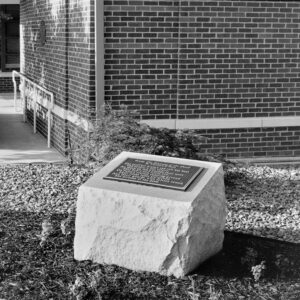 Bivouac of the Dead
Bivouac of the Dead
Black Americans for Democracy (BAD)
aka: Students Taking a New Direction (STAND)
aka: Black Students Association (University of Arkansas, Fayetteville)
 Black Widow Spider
Black Widow Spider
 Blacksmith Shop
Blacksmith Shop
Blackwell, Marlon Matthew
Blair, Diane Frances Divers Kincaid
Bland, Hugh M
 Blessings Golf Clubhouse
Blessings Golf Clubhouse
Blount, Lisa Suzanne
Blue and the Gray, The
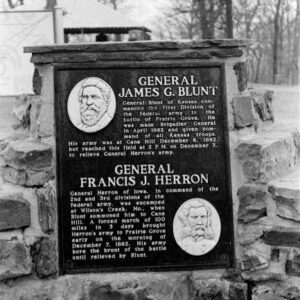 Blunt-Herron Monument
Blunt-Herron Monument
Bob (Lynching of)
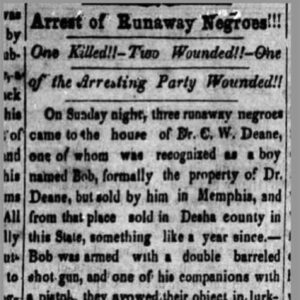 Bob Lynching Story
Bob Lynching Story
 Bob Lynching Story
Bob Lynching Story
Bobby Hopper Tunnel
 Bobby Hopper Tunnel
Bobby Hopper Tunnel
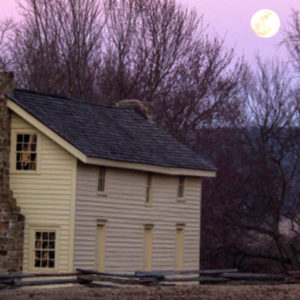 Borden House
Borden House
Boston Mountains
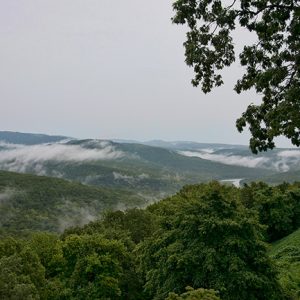 Boston Mountains
Boston Mountains
Botanical Garden of the Ozarks
 Botanical Garden of the Ozarks
Botanical Garden of the Ozarks
Boudinot, Elias Cornelius
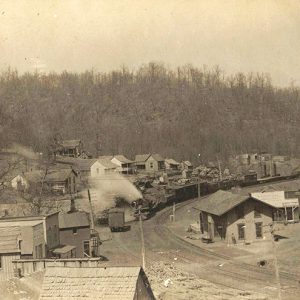 Brentwood Street Scene
Brentwood Street Scene
 Howard W. Brill
Howard W. Brill
Brill, Howard Walter
 Footsie Britt
Footsie Britt
 Footsie Britt
Footsie Britt
Brooks, William H.
Brough, Charles Hillman
Brown, Walter Lee
Brown, William M. “Buck”
Broyles, Frank
aka: John Franklin Broyles
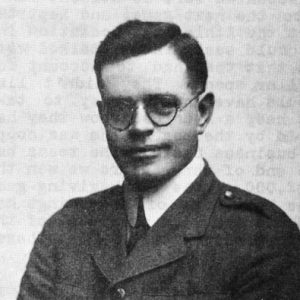 Herbert Buchanan
Herbert Buchanan
Buchanan, Herbert Earle
 Buildings Designed by Marlon Blackwell
Buildings Designed by Marlon Blackwell
 Buildings of Arkansas
Buildings of Arkansas
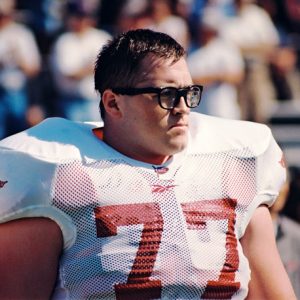 Brandon Burlsworth
Brandon Burlsworth
Burnett Family (Executions of)
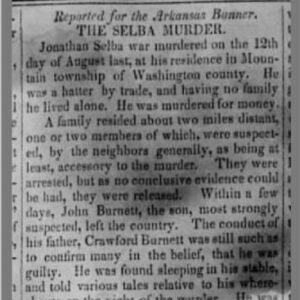 Burnett Family Execution Story
Burnett Family Execution Story
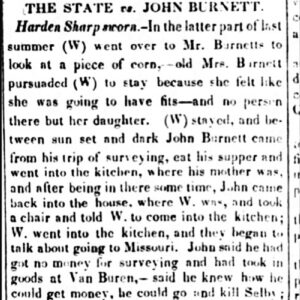 Burnett Trial Story
Burnett Trial Story
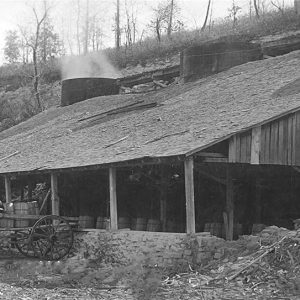 Burning Lime
Burning Lime
Burns Gables
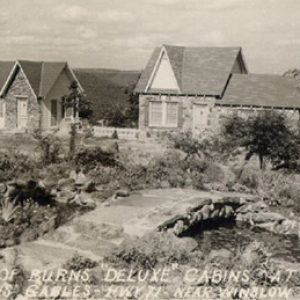 Burns Gables Cottages
Burns Gables Cottages
 Burns Gables Exterior: 2010
Burns Gables Exterior: 2010
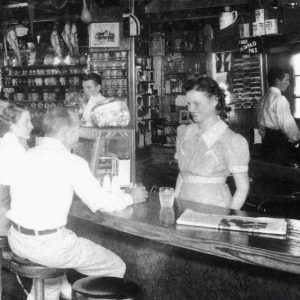 Burns Gables Interior
Burns Gables Interior




